AI- Enhancing The Mining Industry
Tips & Tricks • 4 min read • May 4, 2023 10:32:03 AM • Written by: Natasha Osborne
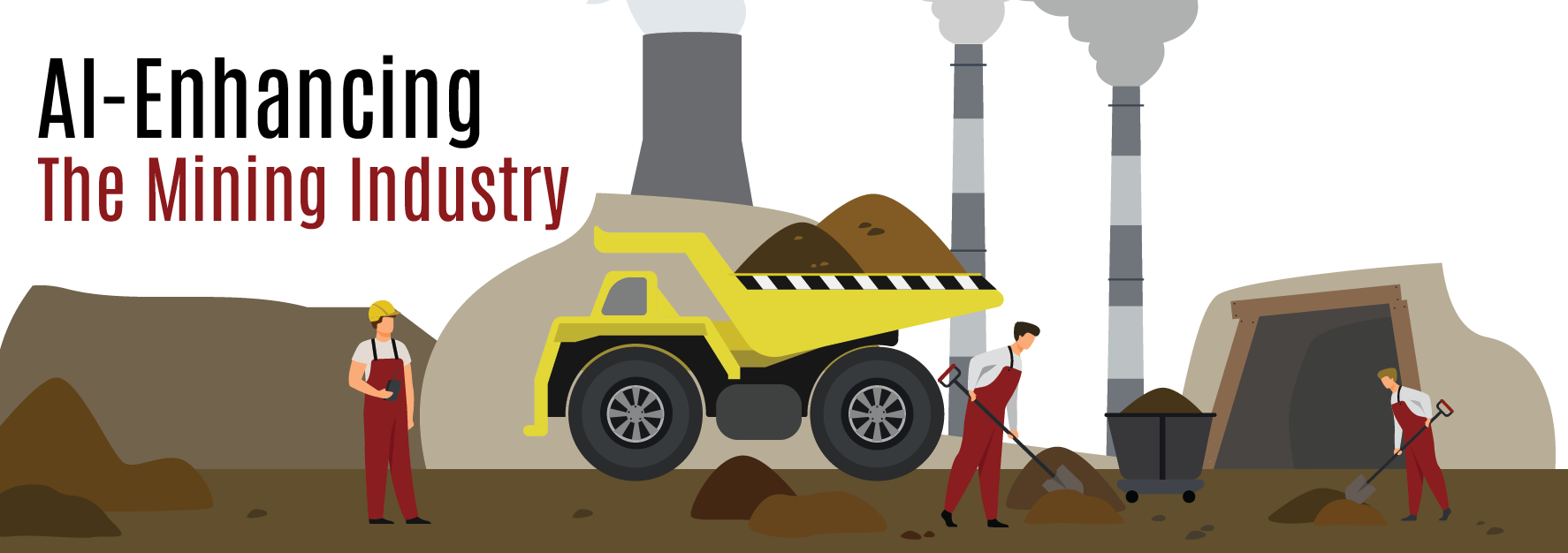
Artificial Intelligence (AI) is a machine’s ability to perform cognitive functions, usually associated with the human mind. It is defined when a machine can perform a task that previously would have been completed by human intelligence.
AI comes in many forms, and it is highly likely you use them every day, consider if you own an Alexa or have a built-in voice assistant such as Apple’s Siri or Google voice assistant. These systems provide responses that are a result of machine learning algorithms. They can train and adapt to learn new skills that they may not have been explicitly programmed to perform.
.jpeg?width=1024&height=573&name=AI-in-Mining-min%20(1).jpeg)
So, this brings us onto the subject, how can AI enhance the mining industry. Mining is one of the world’s oldest professions, dating back to prehistoric times when people first mined for flint to produce tools and weapons. Today, the operating expenses of the top mining companies worldwide reaches USD $15 billion, so the development of efficient operational methods using AI is rapidly advancing.
The mining industry is increasingly using AI in innovative methods to optimise processes, enhance decision-making, revive value from data and improve safety. An example of using AI in mining is predicting the safety of tyres of a mining truck. As one of the most expensive assets to purchase and upkeep. AI can be used to predict the wear and tear of tyres for the trucks and monitor the mechanical behaviours in a centralised system which monitors everything remotely. AI can help mining companies in several different ways including being used to acquire, convert, transmit analyse, and visualise data.
Huawei’s smart mining have developed an AI- powered Mine Brain solution to increase safety in coal production. A combination of stricter requirements, that focuses on the mechanisms, automation, and intelligent mining. The Mine Brain’s computer vision capabilities can monitor scraper conveyors, reducing the number of people needed, boosting efficiency. It also uses computer vision to report any unsafe behaviour to the onsite monitoring system, which can issue warnings.
Here are five different areas within the mining industry where AI can be adapted to improve efficiency and productivity.
Autonomous Technology
Autonomous technology is the area with the largest potential to change up the mining industry. If mining companies don’t keep up with the latest trends and technology, they risk falling behind. By not being able to compete to keep costs low and keep productivity levels high. When compared to companies who are being innovative and open to adopting AI.
Drones use advanced electromagnetic technology to collect electromagnetic, magnetic, and radiometric data. The data gathered can help to determine where companies should drill, which in turn reduces cost and saves time. Drones can also be used to monitor operations once they commence, helping track waste for environmental impact. The benefit of this equipment saves time and reduces risk if an area is dangerous for a human to inspect. Increasing productivity and safety.
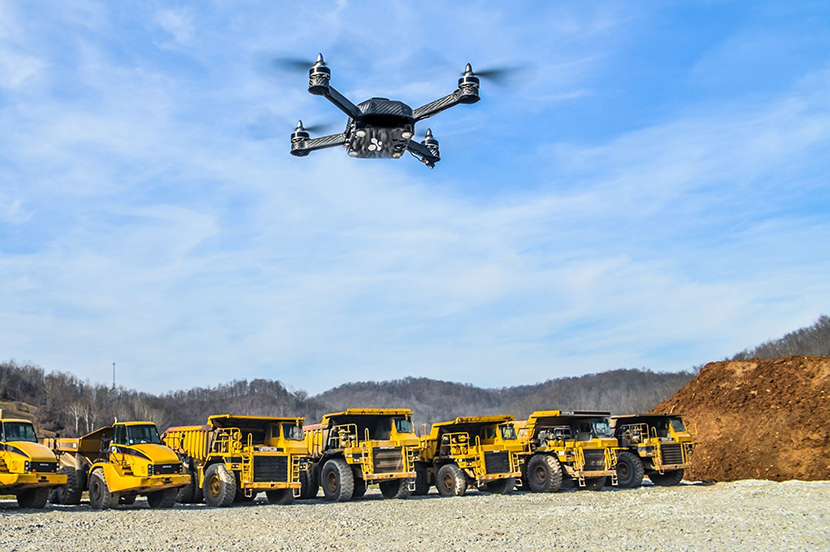
Exploration and Discovery
Using drones saves time when compared to human effort and provides more accurate and precise location for identifying areas for mining or drilling, leading to a better return of investment. GoldSpot Discoveries, a Canadian company have been using AI to analyse data to uncover gold. They concluded that the automated audit facilitated their workflow and make them work a lot faster.
Raw Material
AI can monitor the size and weight rocks on their way to the crusher. By doing so it can prevent rocks that are too large for the crusher by making an alert. This in turn prevents any downtime, as a rock that is too big can cause disruption and delay. Tomra Sorting Solutions is using this method and it demonstrates how AI is advancing the mining industry.
Environmental Impact
Mining does have an impact on the environment, and it is not possible to eliminate this. However, if there is a way to monitor and reduce any negative effects then any responsible company would consider adopting it for their operations. Sensors and cameras can be installed and used to learn how the waste can be reduced and energy efficient. AI can analyse data a lot faster and more accurately than a human, so can better monitor the ventilation of mines and improve efficiency and keep costs low.
Safety
AI can be used to improve safety in different ways. We have already covered how they can monitor the areas to determine where to mine to prevent humans exploring dangerous areas, which leads to safer operations. However, AI can also use sensors and data to understand when factors such as temperature and vibrations may be an indication of danger, warning machine operators in advance which should reduce accidents. Being able to monitor the health of the equipment that is being used, should anything get damaged, AI can alert the workers and prevent any risks. An example of this was BHP implementing smart caps to monitor drowsiness in their drives, as it one of the biggest causes of mining accidents. The trial was so successful they introduced it to over 150 trucks.
Conclusion
It's clear to see there many uses for AI within mining and with the above companies being innovative and adapting to these methods. It’s hard to imagine this technology not being picked up by other mining companies, to keep up with the competition. However, where does it leave people’s job security? It’s great to increase productivity and efficiency but if a machine can replace a human due to being more accurate leading to safer operations, will this eliminate the number of people required for mining operations?
Let us know what your thoughts on the subject are! We hope you enjoyed this week’s article and if you did be sure to share with other people who may also enjoy it.
Reach the World. Giving Made Easy with Impact.
Related Articles
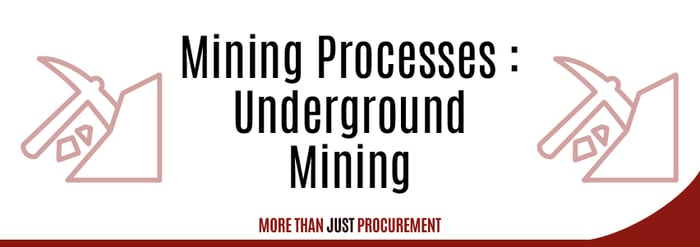
Business News
Mining Processes: Underground Mining
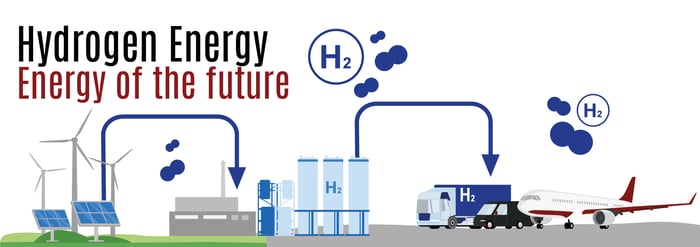
Tips & Tricks
Hydrogen Energy- Energy Of The Future?
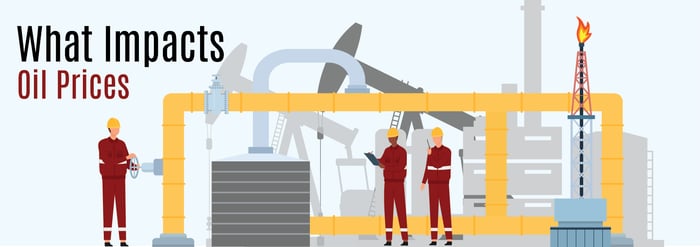
Business News
What Impacts Oil Prices
Don't Miss Out On A Thing
Sign up and Join Our Newsletter Today